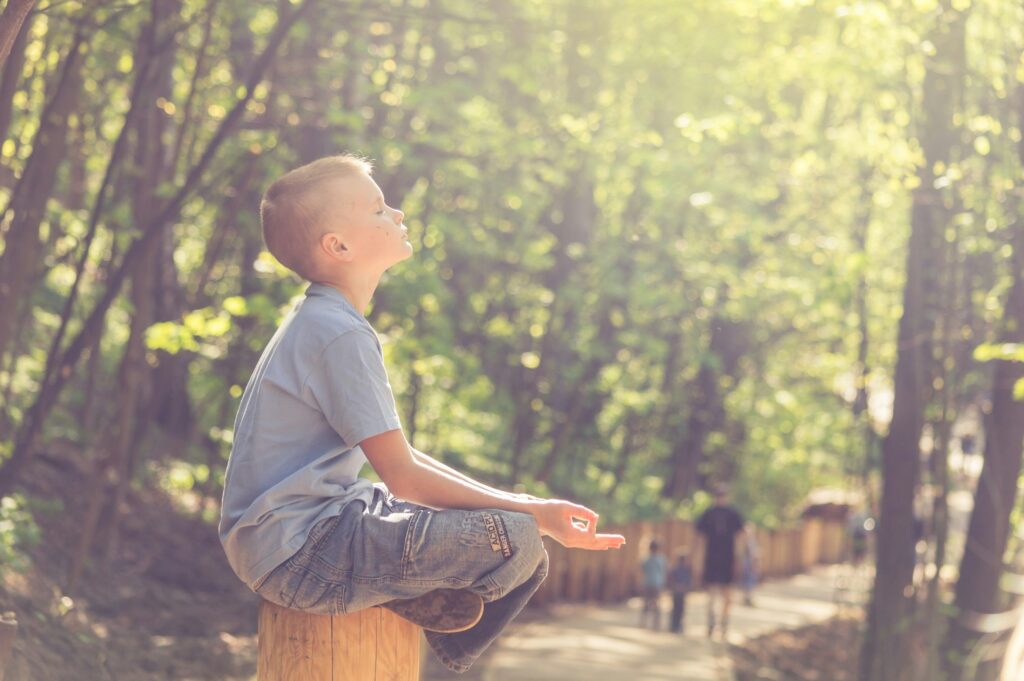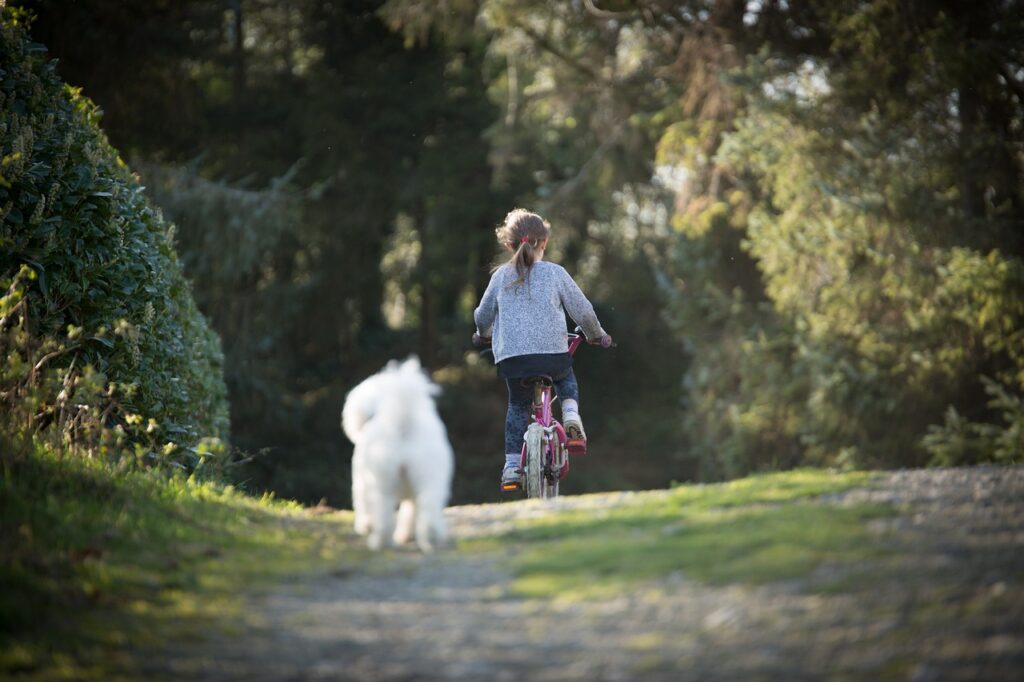The loss of a pet can be a profoundly painful experience, especially for children. Pets often hold a special place in a child’s heart, serving as playmates, confidants, and sources of unconditional love. When a beloved pet passes away, it can be a child’s first encounter with death and loss, leading to a complex array of emotions that can be difficult to understand and manage. One effective way to help children navigate this grief is through meditation.
Understanding Children’s Grief Over Pet Loss
Children experience grief differently from adults. Their understanding of death and their ability to express emotions evolve with age. Younger children might not fully grasp the permanence of death and may expect their pet to return. Older children and adolescents may experience intense sadness, anger, or guilt. Regardless of age, the loss of a pet can disrupt a child’s sense of security and routine, making it crucial to provide appropriate support and coping strategies.

The Role of Meditation in Helping Children Cope
Meditation, a practice that involves focusing the mind and calming the body, can be a powerful tool for helping children manage their grief. It offers a way to process emotions, reduce anxiety, and find a sense of peace. Here are some specific ways meditation can support children during this difficult time.
1. Providing a Safe Space for Emotions
Meditation creates a quiet, safe space for children to explore their feelings. By sitting quietly and focusing on their breath or a comforting image, children can begin to recognize and accept their emotions without feeling overwhelmed. This practice encourages them to acknowledge their grief, rather than suppressing it, which is a crucial step in the healing process.
2. Enhancing Emotional Awareness and Expression
Through meditation, children can develop greater emotional awareness. Guided meditations that focus on identifying and naming emotions can help children understand what they are feeling. For instance, a meditation might guide them to notice if they feel sad, angry, or confused. By recognizing these emotions, children can learn to express them more effectively, whether through talking, drawing, or writing.
3. Reducing Stress and Anxiety
The loss of a pet can lead to heightened stress and anxiety in children. Meditation helps activate the body’s relaxation response, reducing the physical symptoms of stress. Simple breathing exercises or mindfulness practices can calm the mind and body, helping children feel more centered and less anxious.
4. Building Resilience and Coping Skills
Regular meditation practice can help children build resilience, providing them with tools to cope with future challenges. By learning to sit with their emotions and find calm amidst turmoil, children develop inner strength and the ability to navigate difficult situations. This resilience is invaluable as they grow and face other life changes and losses.
5. Fostering a Sense of Connection and Compassion
Meditation can also foster a sense of connection and compassion, both toward oneself and others. Loving-kindness meditations, which involve sending positive thoughts to oneself and others, can be particularly healing. Children can learn to direct loving thoughts toward their deceased pet, themselves, and their family, helping to soothe feelings of sadness and loss.
[More: Top Five Pet Loss Books for Children]
Practical Meditation Techniques for Children
Introducing meditation to children requires a gentle and age-appropriate approach. Here are some practical techniques that can be easily incorporated into a child’s routine.

Breathing Exercises
Simple breathing exercises are a great way to introduce children to meditation. Encourage them to take slow, deep breaths, inhaling through the nose and exhaling through the mouth. You can make this more engaging by having them imagine they are blowing up a balloon or smelling a flower.
Guided Imagery
Guided imagery involves leading children through a visualization to create a sense of calm and comfort. For example, you might guide them to imagine a peaceful garden where they can meet their pet and share a special moment. This technique can help children feel connected to their pet and provide a comforting space to process their grief.
Mindful Drawing or Coloring
For younger children, mindful drawing or coloring can be an effective form of meditation. Provide them with coloring books or blank paper and encourage them to draw or color mindfully, paying attention to the colors and shapes. This activity can be both soothing and expressive, allowing children to channel their emotions creatively.
Body Scan Meditation
A body scan meditation helps children become aware of physical sensations and release tension. Have them lie down comfortably and guide them to focus on different parts of their body, starting from their toes and moving up to their head. This practice can help children relax and feel more grounded.
Loving-Kindness Meditation
Teach children a simple loving-kindness meditation where they repeat phrases such as “May I be happy, may I be safe, may I be peaceful.” Gradually, they can extend these wishes to their pet and other loved ones. This practice can cultivate feelings of compassion and connection, easing the pain of loss.

Conclusion
The loss of a pet can be a challenging and confusing experience for children. Meditation offers a gentle and effective way to help them navigate their grief, providing a safe space to process emotions, reduce stress, build resilience, and foster compassion. By incorporating meditation into their daily routine, children can find comfort and healing, honoring the memory of their beloved pet while learning valuable coping skills for the future.
